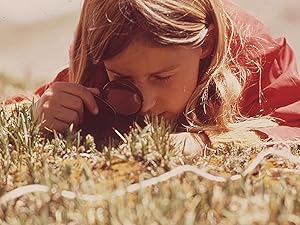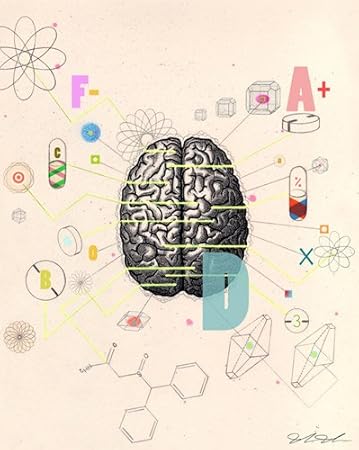How are you feeling?
Can’t say, because of words.
Words come from thinking
Which is not the same as feeling
And how we think we feel
Is not always how we really feel
Because thinking distorts feeling
With how I ought to feel
Or how I used to feel
Or how somebody else felt
In a similar situation.
Feeling is warm mittens on a frosty morning
Or the pressure of rounded river rock against the soles while walking down the path
Or the blister on my little toe.
Feeling is also ripples on the water
And a moist breeze beneath cloudy skies
And the wonder of wood ducks lined up along the railing of a bridge.
But, to answer the question:
I’m fine, I guess.
by Michael Hofferber. Copyright © 2018. All rights reserved.s reserved.
Can’t say, because of words.
Words come from thinking
Which is not the same as feeling
And how we think we feel
Is not always how we really feel
Because thinking distorts feeling
With how I ought to feel
Or how I used to feel
Or how somebody else felt
In a similar situation.
Feeling is warm mittens on a frosty morning
Or the pressure of rounded river rock against the soles while walking down the path
Or the blister on my little toe.
Feeling is also ripples on the water
And a moist breeze beneath cloudy skies
And the wonder of wood ducks lined up along the railing of a bridge.
But, to answer the question:
I’m fine, I guess.
by Michael Hofferber. Copyright © 2018. All rights reserved.s reserved.






